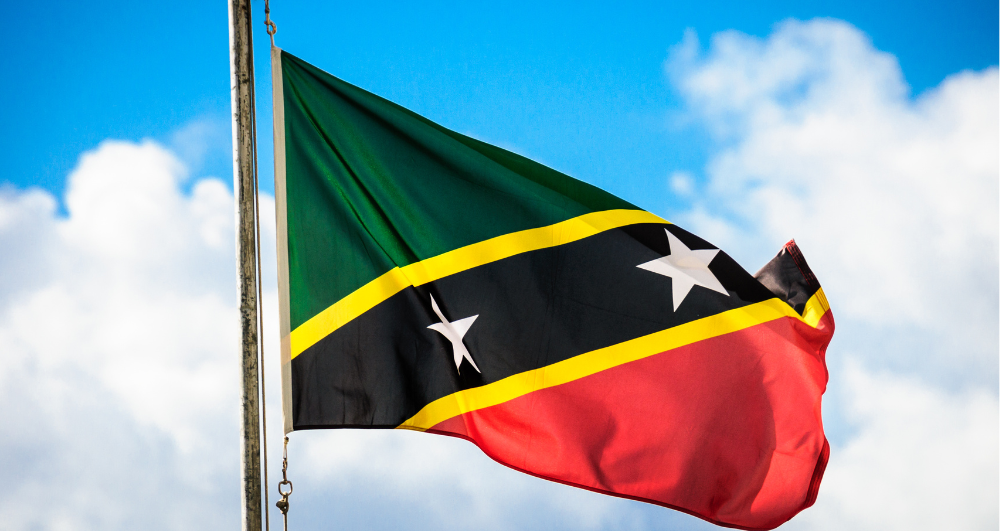The Government of St. Kitts and Nevis operates as a federal parliamentary democracy within the framework of a constitutional monarchy. Here are the key points about its structure and functions:
Political Structure
- Monarchy:
- The country is a constitutional monarchy with King Charles III as the head of state.
- The Governor-General represents the monarch in St. Kitts and Nevis.
- Executive Branch:
- The Prime Minister is the head of government and is typically the leader of the majority party in the National Assembly.
- The Cabinet is appointed by the Governor-General on the advice of the Prime Minister.
- Legislative Branch:
- The National Assembly is unicameral, consisting of 15 members: 11 elected representatives, 3 senators appointed by the Governor-General, and 1 ex officio member (the Attorney General).
- Elections for representatives are held every five years.
- Judicial Branch:
- The judiciary is independent and based on the British legal system.
- The Eastern Caribbean Supreme Court, comprising the High Court and the Court of Appeal, serves the region.
Federal Structure
- St. Kitts and Nevis is a federation consisting of two islands, St. Kitts (Saint Christopher) and Nevis.
- Nevis has its own island assembly and can make decisions on matters specifically delegated to it by the constitution.
Political Parties
- Major political parties include the St. Kitts and Nevis Labour Party (SKNLP), the People’s Action Movement (PAM), and the Concerned Citizens’ Movement (CCM) in Nevis.
Key Points
- The system emphasises a blend of democratic principles and traditional monarchy.
- The federal nature allows Nevis a degree of autonomy.
- Governance focuses on maintaining stability and fostering economic development.
This system balances the ceremonial role of the monarchy with active democratic governance through elected representatives and an independent judiciary.

